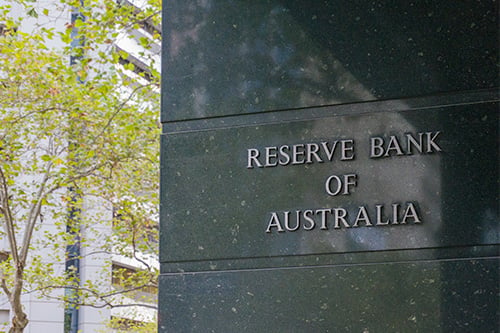

The Reserve Bank of Australia (RBA) yesterday outlined the country’s economic outlook and gave an update on the implementation of its recent policy package, highlighting the importance the strength of the banking system has played in mitigating the financial fallout from COVID-19 for many Australians.
With national output likely to fall by around 10% over the first half of 2020 and unemployment on track to rise to 10% by June, RBA governor Philip Lowe acknowledged “the next few months are going to be difficult ones for the Australian economy.”
“These are all very large numbers and ones that were inconceivable just a few months ago. They speak to the immense challenge faced by our society to contain the virus.
“We are likely to experience the biggest contraction in national output and income that we have witnessed since the 1930s.”
However, Lowe emphasised that a “bridge has been built” to get the economy to the other side of this challenging period, to a place where it can recover and flourish once again.
“That bridge has been partly built with the help of Australia's strong balance sheets – in particular, the strong balance sheets of our governments, our private banks and of the Reserve Bank,” he said.
Banks were emphasised as a major contributor to the coordinated efforts unrolled over the past weeks to ease income decreases and protect the most vulnerable.
“By offering payment deferrals and concessional terms, our banks are rightly acting as shock absorbers and helping the country through this difficult period,” said Lowe.
“Without these strong balance sheets, we would have been in a more difficult position.”
The RBA governor reiterated that the central bank’s policy response to the pandemic announced in March is “comprehensive” and was designed to keep funding costs low and ensure credit remains available to businesses and households.
Around $3bn of the $90bn Term Funding Facility for ADIs has already been drawn down, with 35 institutions participating in a bid to support SMEs through the COVID-19 induced pressure.
“The knowledge that ADIs have access to this scheme over coming months has reduced any concerns there might have been about possible future liquidity strains,” said Lowe.
“In doing so, this scheme has supported confidence that Australia's ADIs will be able to access the liquidity needed to support their customers. It has also contributed to the low cost of borrowing new funds at fixed interest rates for businesses and households.
“Together, these efforts are helping the Australian economy through a difficult period and positioning us well for the recovery.”
